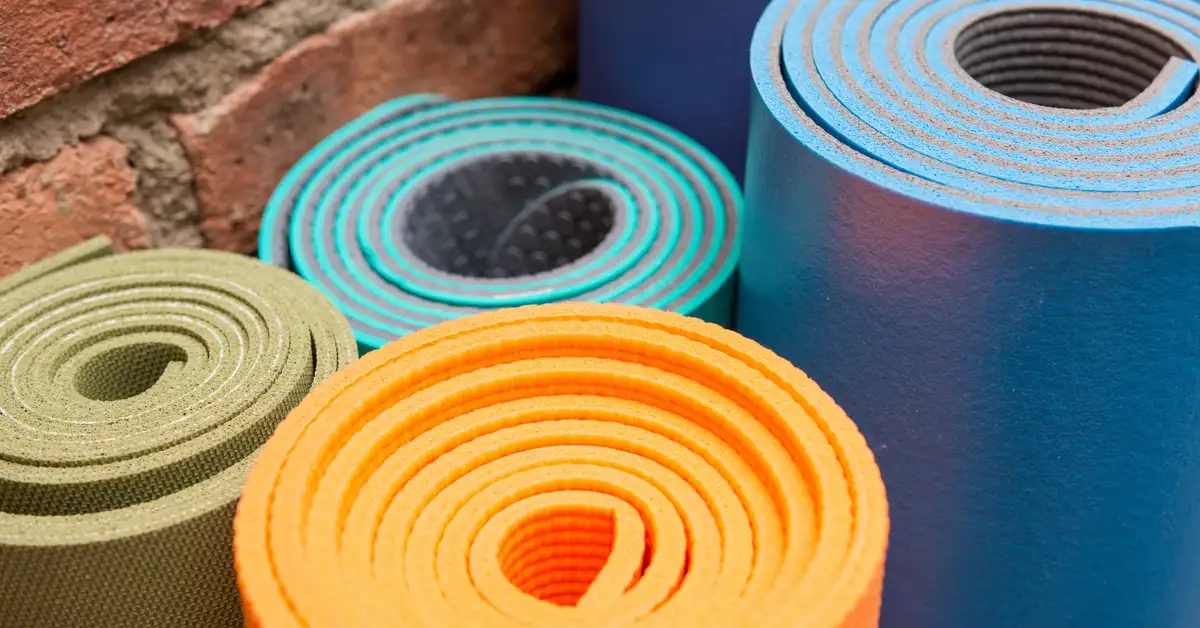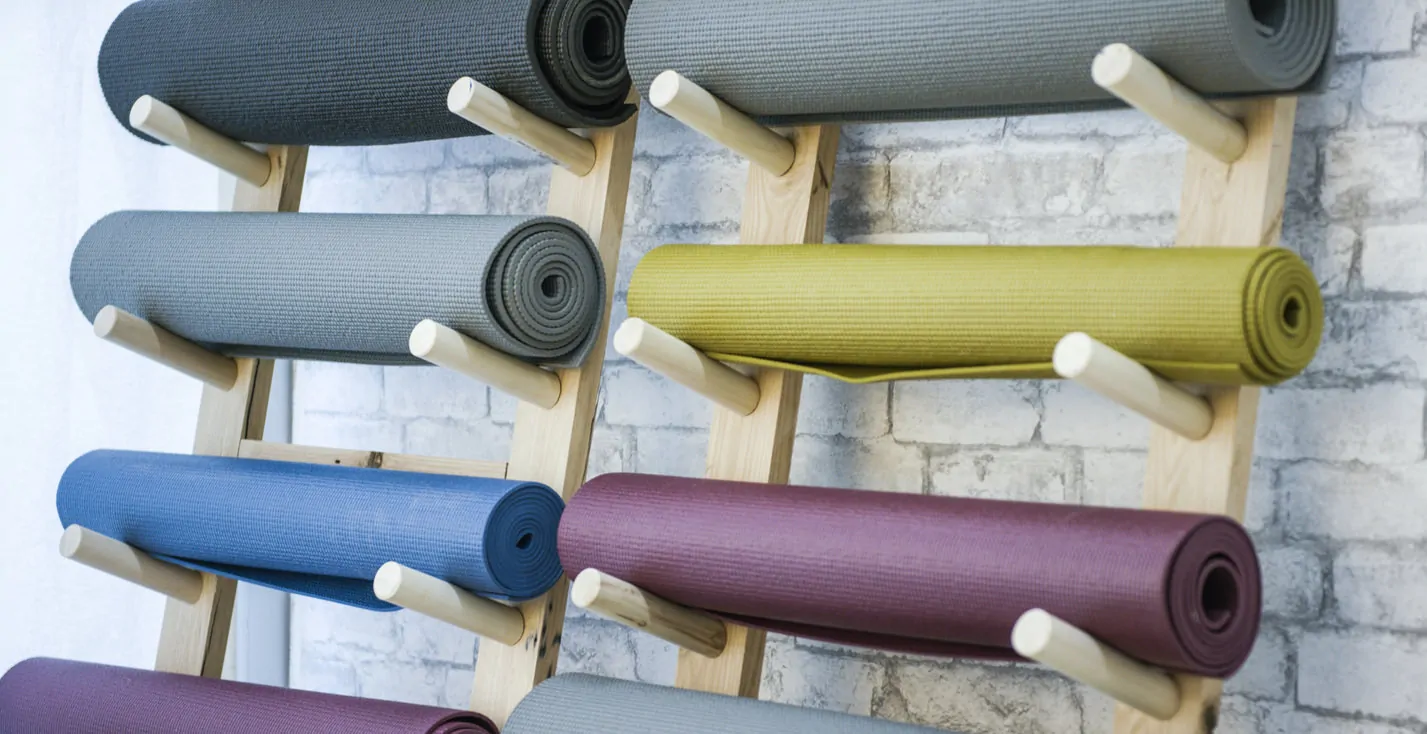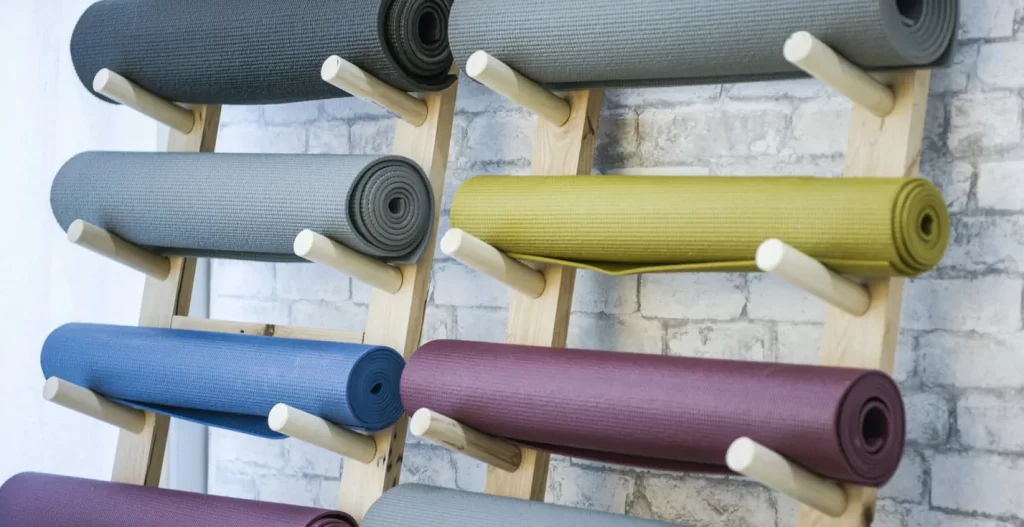What Are The Various Types Of The Yoga Mats? Is It A Good Option?
If there is one thing that yoga has taught me, it’s the importance of having a good yoga mat. Without one, you won’t be able to practice your yoga as effectively and efficiently. You will also not get the same benefits from your yoga exercises.
So how do you find the right yoga mat for your needs?
It can seem like an overwhelming task when you are looking to buy a new yoga mat. There are so many different types available out there, and each one serves its purpose for various reasons. But one type of yoga mat that deserves special mention is the foam yoga mat. They have become increasingly popular over the past few years.
They provide you with added cushioning compared to other mats in order to make your workout more comfortable and easier on your joints. Many people swear by them as they say they help prevent injury while doing yoga or any exercise.
But what exactly makes a good yoga mat, and what does it take to look for the right one? Let us break down some of the most important factors about choosing the best yoga mat for you.
What Is A Good Yoga Mat
The first step to finding the perfect yoga mat is understanding what you need. It could be anything from thickness to size, material, density, odor, and even design. So let’s take a quick look at these different aspects to better understand what you should consider when selecting a yoga mat.
A person should plan to choose the yogamatte bestellen that are available for people. Having the detail of the various option will help a person in reaching the goals with good results. The main motive of the people is to get the good results. A person can plan for the good quality and the thickness of the mats.

Thickness
A thick yoga mat is best if you plan on doing a lot of deep stretches. It provides enough padding to absorb the pressure and keep you safe during your workouts.
However, it might not always be possible to find a thick yoga mat depending on where you live. Some local stores may not carry mats thicker than 8-10 inches (20 cm).
Material
Most yoga mats come made up of natural materials such as cotton, silk, bamboo, rubber, latex, and polyurethane. These materials all serve different purposes to suit the particular needs of different yogis.
Cotton is great because it is breathable, soft, and easy to clean. It offers support during deeper poses, but is not very durable.
Silk is similar to cotton except it is softer and more expensive. It is a popular choice for those who want extra cushioning and support.
Bamboo is eco-friendly and provides good grip when wet. However, it is not the best option for those who sweat easily, especially during hot weather.
Rubber has been known to retain heat which makes it an excellent choice for colder climates. It is also lightweight and flexible making it ideal for beginners.
Latex is another common material used in yoga mats. It is highly durable, affordable, and hypoallergenic. This is why it is often recommended for beginners and pregnant women.
Polyurethane is the most commonly used material for yoga mats. It is sturdy, light weight, and extremely durable. It is also hypoallergenic and anti-microbial which means it doesn’t attract dirt or bacteria.
There are also plenty of other materials you can use in place of these. For example, memory foam yoga mats provide additional cushioning and support. They are also great for people who tend to sweat a lot since they are able to absorb the moisture.
Size And Sizing Tips
One of the biggest mistakes most people make when buying a yoga mat is purchasing too small for their body frame. Not only will this cause unnecessary discomfort, but it will also lead to injuries.
Another mistake many people make is getting a yoga mat that is too big for them. This can cause problems because it becomes difficult to move around freely when using it. On top of that, you will end up rolling off the edge of the mat every time you sit down which can be dangerous.
Before you purchase a yoga mat, make sure you measure your exact height, width, and length to determine your proper mat size before you go shopping.
Look At The Odor
Many people don’t realize that there are actually two types of odors: chemical and organic. Both types can be found in yoga mats and both types can affect your health significantly.
Chemical odors are generally released through chemical reactions between the chemicals present in the manufacturing process. In addition, some of these chemicals can leach into the environment creating harmful fumes.
Organic odors are typically caused by mold growth, mildew, sweat, mold spores, and other fungi. Organic odors are usually much stronger and less tolerable.

Some of the most popular brands of yoga mats are usually free of chemical odors. However, it’s best to check the label to see if the specific brand you are interested in is certified organic. If not, then there is no guarantee that the mat will not emit any kind of odor.
You should avoid purchasing yoga mats with strong chemical odors because they can trigger asthma attacks. Also, they can potentially irritate eyes and skin.
Design
When it comes to design, there are two major categories: flat and contoured. Contoured mats are designed to mimic the curves of your body naturally. Flat mats allow you to stretch out further without worrying about the curve of your spine curving to meet the mat. However, you will still benefit from the contours and support provided by the contoured mat.
If you have back issues, you should probably opt for a contoured mat. Even though they are slightly pricier, they offer better support and overall comfortability.
On the flip side, if you’re just starting out and want to try out yoga, then a flat mat would be a better bet. They are lighter and easier to roll around while exercising.
Other things you should consider include whether the mat has removable covers, washable fabric, and whether you can replace the mat easily. Other features such as slip-resistant, non-slip, stain-resistant, and antibacterial properties are also worth considering.
Read More








